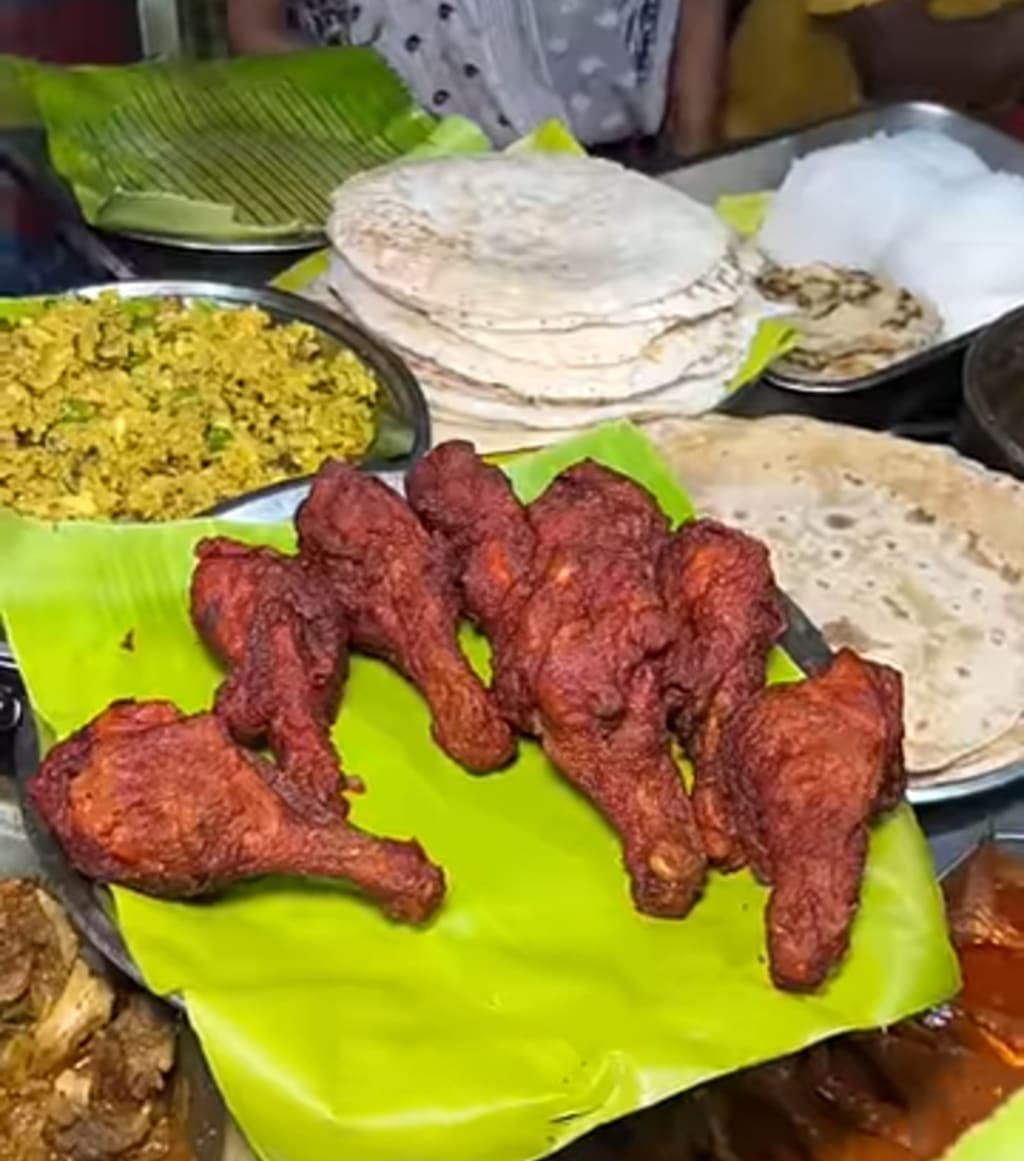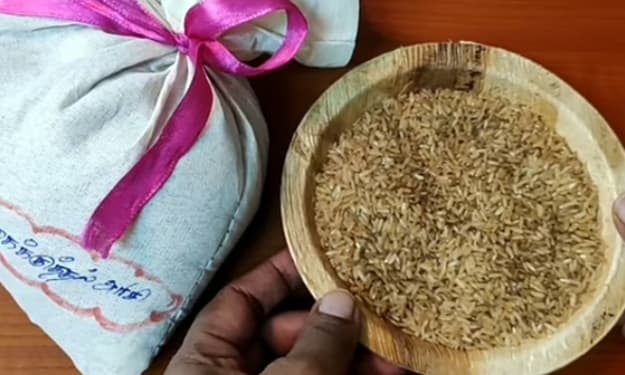Indian traditional food
Indian food culture is a vibrant and diverse tapestry that reflects the country's rich history, geography, and cultural heritage. It encompasses a wide range of flavors, ingredients, and cooking techniques, resulting in a culinary landscape that is as varied as it is delicious. Here are some key aspects of Indian food culture:

Indian food cuture is a vibrant and diverse tapestry that reflects the country's rich history, geography, and cultural heritage. It encompasses a wide range of flavors, ingredients, and cooking techniques, resulting in a culinary landscape that is as varied as it is delicious. Here are some key aspects of Indian food culture:
1. **Regional Diversity**: One of the most striking features of Indian cuisine is its regional diversity. Each region of India has its own distinct culinary traditions, influenced by factors such as climate, geography, and local ingredients. From the fiery curries of the North to the coconut-infused dishes of the South, the flavors and cooking styles vary widely from one part of the country to another.
2. **Spices and Flavors**: Indian cuisine is renowned for its bold and complex flavors, which are achieved through the use of an extensive array of spices and herbs. Common spices include cumin, coriander, turmeric, cardamom, cloves, and cinnamon, which are used to create layers of flavor in dishes ranging from curries to snacks to desserts.
3. **Vegetarianism**: Vegetarianism has a long history in India, dating back thousands of years to the principles of ahimsa (non-violence) in Hinduism and Jainism. As a result, vegetarian dishes are an integral part of Indian food culture, and many Indians follow a vegetarian diet either for religious, cultural, or health reasons. Vegetarian dishes like dal (lentil curry), sabzi (vegetable stir-fry), and paneer (Indian cottage cheese) are staples in Indian cuisine.
4. **Street Food**: Indian street food is a vibrant and integral part of the food culture, offering a wide variety of savory and sweet snacks that are sold by street vendors across the country. From spicy chaat (snack) to crispy samosas to sweet jalebi (fried dough soaked in sugar syrup), street food is a beloved culinary tradition that brings people together and satisfies cravings any time of day.
5. **Festivals and Celebrations**: Food plays a central role in Indian festivals and celebrations, with each occasion marked by special dishes and feasts. For example, during Diwali, the festival of lights, families prepare sweets like mithai (Indian sweets) and savory snacks to share with loved ones. Similarly, during Eid, Muslims prepare special dishes like biryani and kebabs to celebrate the end of Ramadan.
6. **Hospitality**: Indian food culture is characterized by a strong tradition of hospitality, where guests are treated with warmth and generosity. It is common for hosts to go above and beyond to ensure that their guests are well-fed and satisfied, often serving multiple courses and insisting on second helpings.
Overall, Indian food culture is a celebration of diversity, flavor, and hospitality, reflecting the country's rich tapestry of traditions and influences. Whether enjoyed at home with family or savored at a bustling street stall, Indian cuisine offers a culinary experience that is as unforgettable as it is delicious.
Title Exploring the uproariousness of Traditional Regional Cuisine preface Traditional indigenous cookery serves as a gate into the heart and soul of a culture. Each dish tells a story of history, terrain, and the people who have hypercritically drafted it for generations. Among these culinary treasures, indigenous cocoons stand out as vibrant and different expressions of original flavors and traditions. What's a indigenous bumper? A indigenous bumper is a culinary delight that reflects the unique characteristics of a particular region. It encompasses a wide range of dishes, including main courses, snacks, goodies, and potables, each with its own distinct constituents, cooking styles, and artistic significance. Exploring indigenous cocoons 1. ** Italian Risotto ** Hailing from the Lombardy region of Italy, risotto is a delicate rice dish cooked to perfection with broth and seasoned with constituents similar as saffron, mushrooms, or seafood. Its rich, satiny texture and comforting aroma make it a cherished chief in Italian cookery, embodying the warmth and hospitality of the region. 2. ** Japanese Sushi ** Originating from the littoral regions of Japan, sushi is a culinary art form that showcases the delicate balance of flavors and textures. With its scrupulous medication and use of fresh, seasonal constituents like raw fish, seaweed, and vinegared rice, sushi embodies the simplicity and fineness of Japanese cookery. 3. ** Indian Biryani ** A ambrosial rice dish concentrated with succulent meat, sweet spices, and caramelized onions, biryani is a culinary masterpiece that epitomizes the uproariousness and diversity of Indian cookery. Each region of India has its own variation of biryani, from the spiciness of Hyderabadi biryani to the agreeableness of Kolkata biryani, reflecting the unique flavors and culinary traditions of the area. 4. ** Mexican Tamales ** Tamales are a cherished Mexican delicacy made from masa dough filled with a variety of constituents similar as flesh, rubbish, vegetables, or chilies, also wrapped in sludge cocoons and fumed to perfection. Whether enjoyed as a savory snack or a hearty mess, tamales capture the vibrant colors and bold flavors of Mexican cookery, celebrating the culinary heritage of the region. 5. ** Moroccan Tagine ** Named after the complexion pot in which it's cooked, tagine is a slow- cooked stew made with tender meat, vegetables, dried fruits, and sweet spices similar as cumin, cinnamon, and saffron. Its complex flavors and tender texture elicit the fantastic aromas and vibrant geographies of Morocco, making it a definitive dish in North African cookery. 6. ** Thai Tom Yum Soup ** A racy and sour haze invested with ambrosial sauces, lemongrass, and chili peppers, tom yum is a definitive Thai dish that tantalizes the taste kids with its bold flavors and amping aroma. Whether enjoyed as a light appetizer or a nutritional mess, tom yum reflects the culinary mastery and artistic heritage of Thailand, transporting beaneries to the bustling thoroughfares and bustling requests of Southeast Asia. Conclusion Regional cocoons are further than just food — they are living symbols of culture, history, and identity. From the bustling thoroughfares of Bangkok to the tranquil props of the Mediterranean, these culinary treasures offer a regard into the rich shade of mortal experience, inviting us to savor the flavors of tradition and embark on a trip of culinary discovery.





Comments
There are no comments for this story
Be the first to respond and start the conversation.